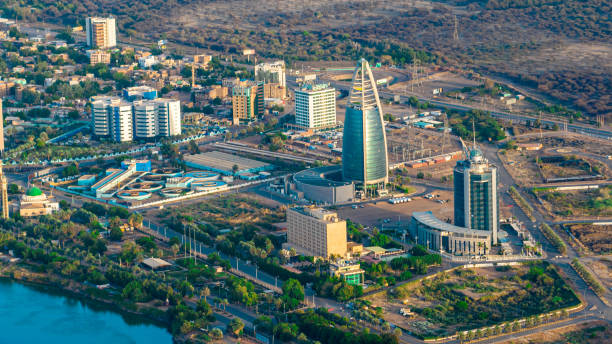- Home
- Switch to electric cars in Sudan, how much are you saving?
Switch to electric cars in Sudan, how much are you saving?
Electric vehicles (EVs) in Sudan are still in the early stages of development, but there is growing interest in adopting more sustainable transportation solutions, in line with the country’s objectives to reduce greenhouse gas emissions and improve energy efficiency. Sudan has significant potential for renewable energy, especially solar and wind, which could support the feasibility of EVs in the future. However, the adoption of EVs faces several challenges, including high upfront costs, limited charging infrastructure, and a lack of widespread public awareness about electric mobility.
Sudan’s energy infrastructure is still underdeveloped, with many rural areas lacking reliable access to electricity, which hinders the establishment of a comprehensive EV charging network. While urban centers such as Khartoum may begin to explore EV-friendly infrastructure, the overall infrastructure for EVs remains limited. Additionally, the widespread adoption of EVs may be hindered by limited financial resources and a reliance on imported fossil fuels, which make gasoline-powered vehicles a more immediately accessible option for many residents.
Despite these barriers, EVs offer long-term potential benefits, such as reduced fuel costs and environmental advantages, particularly as renewable energy sources are more fully integrated into the national grid. With significant investment in infrastructure, government policies, and public awareness campaigns, EVs could play a role in Sudan’s sustainable transportation future, helping to reduce dependency on fossil fuels and contribute to cleaner air and improved public health. However, achieving widespread EV adoption will require overcoming considerable infrastructural and economic challenges.

| Aspect | Electric Vehicles (EVs) | Gasoline Vehicles |
|---|---|---|
| Energy Efficiency | Over 85% efficiency, meaning most energy is used for propulsion. | Lower efficiency due to heat loss in combustion. |
| Consumption (100 km) | 15 kWh (electricity) | 6 liters (gasoline) |
| Cost per 100 km | $1.77 (15 kWh × $0.118/kWh, Sudan’s electricity price) | $7.20 (6 liters × $1.20/liter, estimated fuel cost) |
| Annual Cost (15,000 km) | $265.50 | $1,080.00 |
| Annual Cost (25,000 km) | $442.50 | $1,800.00 |
| Annual Cost (30,000 km) | $531.00 | $2,160.00 |
| Annual Cost (50,000 km) | $885.00 | $3,600.00 |
| Annual Cost (70,000 km) | $1,239.00 | $5,040.00 |
| Annual Savings (15,000 km) | $814.50 | – |
| Annual Savings (25,000 km) | $1,357.50 | – |
| Annual Savings (30,000 km) | $1,629.00 | – |
| Annual Savings (50,000 km) | $2,715.00 | – |
| Annual Savings (70,000 km) | $3,801.00 | – |
| Maintenance Costs | Lower: No oil changes, timing belts, or exhaust systems. | Higher: Requires regular oil changes and more mechanical upkeep. |
| CO₂ Emissions | Low emissions potential, depending on Sudan’s renewable energy mix. | High emissions due to combustion of fossil fuels. |
| Government Incentives | Potential for future incentives as the government develops policies for EV adoption. | No special incentives. |
| Infrastructure Growth | Developing charging networks, especially in cities like Khartoum; rural areas still underdeveloped. | Well-established fuel station network. |
| Energy Security | Reduces dependence on imported fossil fuels if electricity is sourced from renewables. | Dependent on global oil markets and price fluctuations. |
| Technology Evolution | Battery lifespan improving, with expected cost reductions. | Limited innovation in fuel efficiency, with stricter regulations on emissions. |
| Long-Term Viability | Key to Sudan’s sustainable transportation future, especially with renewable energy. | Facing increasing environmental and regulatory constraints. |

